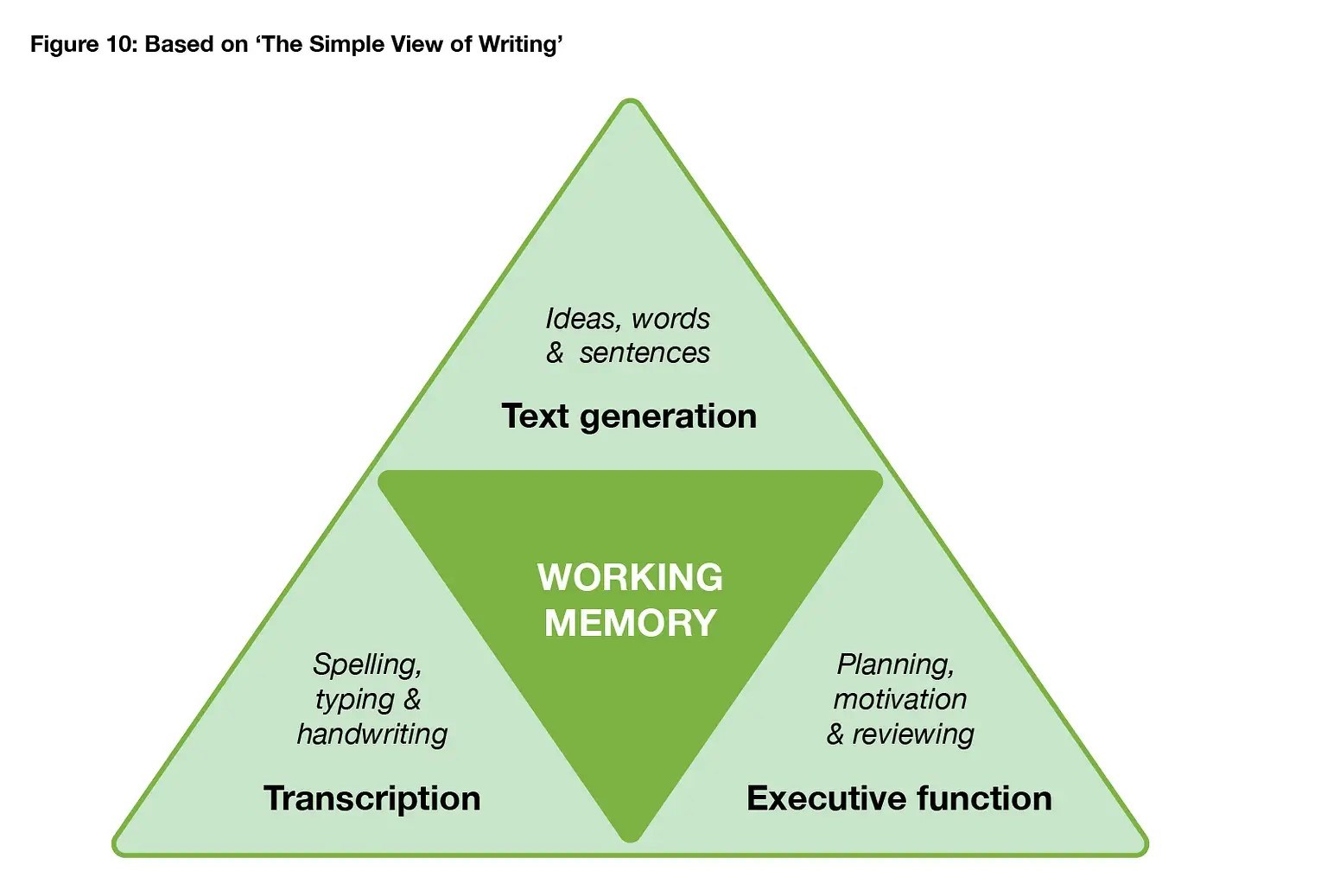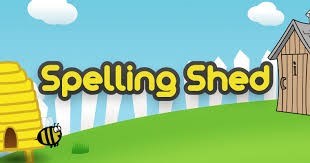Intent:
Children will:
- feel empowered to develop their own author’s voice and flair by writing for a range of purposes and audiences, in grammatically correct sentences.
- acquire a wide vocabulary, an understanding of grammar and knowledge of linguistic conventions for reading, writing and spoken language.
Implementation:
- We recognise that reading is fundamental to the writing process. From blending phonics to building words and sentences, to using a text as an inspiration for structure, theme and atmosphere, reading forms the essential starting point of any child’s writing journey.
- At St Ambrose Catholic Primary, we use ‘I am a Clever Writer’ mastery approach to teaching writing, which ensures consolidation and layering of skills. Each class (from EYFS to Y6) has their own ‘clever writer’ checklist, which is carefully matched to the National Curriculum objectives for each year group. This checklist ensures that the children know exactly what they need to include in their writing to be successful and it becomes their menu for writing. The children are then able to verbalise their success criteria and are also able to discuss the progress that they have made. This mastery approached is used to ensure a consistent and systematic approach to teaching the skills of writing is in place across our school.
- Each year, children build on their writers’ checklist and add new skills in order to showcase that they are ‘a clever writer’. In each classroom, the ‘I am a Clever writer’ checklist for that year group is clearly displayed for all children to be able to refer to throughout any writing task. Each checklist is added to throughout the year as new skills are taught. This checklist helps teachers to know where each child is working, where they are going and also where they have come from in order to help them plan stimulating writing lessons and every crucial step each child needs to make significant progress. Every lesson counts.
-The Early Years have a specific IACCW approach to ensure all the pre writing skills are developed and secured.
- This process continues into Year 1, where children are encouraged to use the sounds they have been taught. They have access to RWI sound mats, when they are writing and handwriting cards.
- Grammar is taught through discrete lessons as well as part of texts that are covered in Writing lessons. To ensure progression in grammar skills, all teachers use the clever writers’ checklist.
- Writing across the curriculum is taught by modelling to the children (WAGOLL) what a good one looks like, before then identifying the features in the specific text type that is needed. The children then use this knowledge as a scaffold to write about their learning, as they are familiar with the text type and style of writing needed for that genre.
Impact:
- Children write engaging pieces of work as a result of a carefully planned sequence of lessons that build towards a goal. These pieces of work are at least in line with their peers nationally.
- Children embed knowledge and use it fluently. Children know the goal, the end point for their learning and how the knowledge and skills taught in each lesson will help them get there on their learning journey. More Able learners are able to showcase this knowledge and skills to a deeper level.
- Children can confidently write in the written language.
And He who sits on the throne said, “Behold, I am making all things new.” And He said, “Write, for these words are faithful and true.”
Revelation 21: 5
I am a Clever Writer
We follow 'I'm a Clever Writer' approach to teaching writing. Each year, children build on their writers’ checklist and add new skills in order to showcase that they are ‘a clever writer’. In each classroom, the ‘I am a Clever writer’ checklist for that year group is clearly displayed for all children to be able to refer to throughout any writing task. Each checklist is added to throughout the year as new skills are taught. Please note that our progression and skills documents are internal documents and we are unable to share it on our website.

In Reception we keep things simple and do things well.
'The reception year builds the foundations that support pupils’ writing throughout primary school and underpin their future success.'
Writing Framework Summary July 2025
What our children say about Writing
Reception- I like looking at my handwriting card to make sure I am forming my letters correctly.
We have learnt hwo to sit at the table in our writing position with our feet on the floor.
Year 1-Spelling shed has helped me with my spellings and I really like the different games.
I like the stories we write about . We always make sure we use a sharp pencil.
Year 2-I like playing the games and I want to get better at it.
Key Stage Two
Spelling shed has helped me improve my ability and confidence.
Spelling shed has made spelling homework more fun and I remember the spellings in my writing more.
I love writing stories in class and using the new star word vocabulary that we have learnt.

Spelling lessons are taught in class and are spellings are sent home.
Each lesson has a main objective from the National Curriculum appendix for spelling.
A typical lesson
Revise and Introduction
Main Teaching Input with the new spelling rule.
Independent task and Consolidation.
Spelling are displayed clearly in class each week and where appropriate used in their writing lessons.